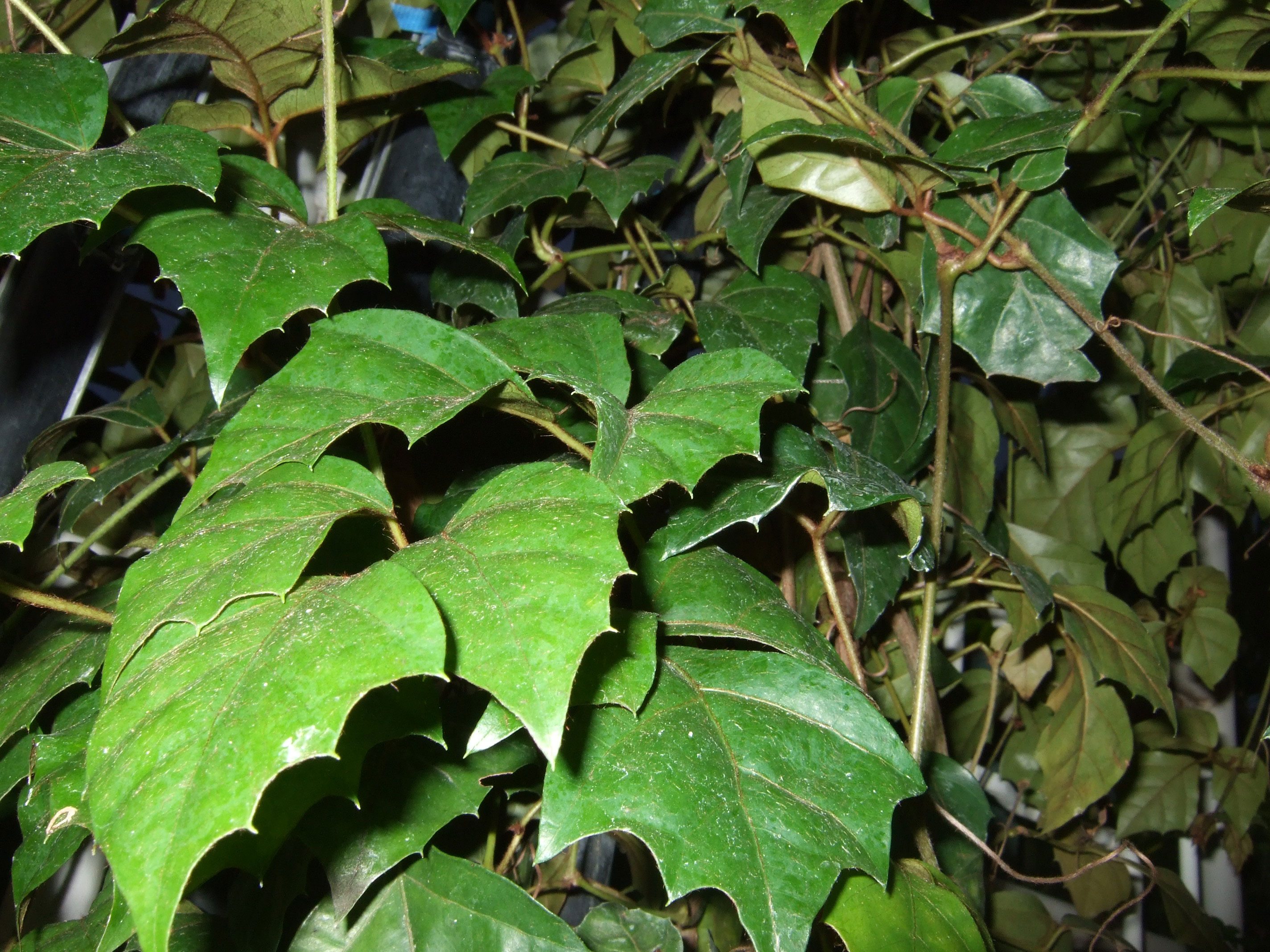
Grape ivy, or Cissus rhombifolia, is a member of the grape family and in form resembles other ornamental vines that share the name "ivy." Consisting of about 350 species of subtropical to tropical species, Cissus rhombifolia is one of the most tolerant of indoor growing conditions. Grape ivy growing is most suited to use as an indoor hanging plant due to its native habitat in tropical Venezuela, where one will find grape ivy growing in a cascading or trailing profusion of vines up to 10 feet (3 m.) long. Grape ivy in the home is tolerant of low light exposure, medium heat, and low water requirements.
How to Care for Grape Ivy Houseplant
Caring for grape ivy is a lesson in less is more. These plants do not care for temperatures over 80 degrees F. (27 C.), especially those into the 90's (32 C.). When growing grape ivy plants, maintaining temperatures between 68 and 82 degrees F. (10-28 C.) is crucial in how to care for grape ivy houseplants. Temperatures over or under this range tend to repress the growth of the long runners of this beautiful hanging plant. As mentioned above, when caring for grape ivy, a low light exposure is most advantageous, although grape ivy can tolerate bright to moderate light if kept sufficiently moist. Allow soil of grape ivy to dry slightly between waterings, taking care not to over irrigate. Soil considerations when growing grape ivy are important as the root systems require excellent aeration. A potting mixture of peat combined with particles such as bark, perlite, Styrofoam, and calcined clay is the best medium in how to care for grape ivy houseplants. This potting mixture will aid in water retention and yet, allow for excellent drainage. If utilizing an acidic peat when grape ivy growing, adjust the soil pH with an addition of dolomitic limestone (dolomite) to bring it into the range of 5.5 to 6.2. Grape ivy plants are lovely hanging plants with rhombus shaped leaves (whence the name harkens) with long stems that are of a reddish hue on the underside. To maintain this color and flourishing growth, caring for grape ivy requires a consistent liquid fertilizer program. However, no amount of feeding of the grape ivy houseplant will encourage significant flowering. The blooms of this plant tend to be an innocuous green similar to the leaf color, blending into the foliage and rarely found on cultivated plants.
Pruning Grape Ivy Plants
Grape ivy growing allows for easy propagation of the plant from root cuttings obtained when pinching back the plant. Pinching back or pruning grape ivy plants also produces denser, healthier foliage. Trim ¼ inch (6 mm.) above the point of the leaf attachment and ¾ to 1 ¼ inch (2-3 cm.) below the node when pruning these plants. After pruning grape ivy plants, the cutting will form a callus-like layer from whence the new roots will form. A rooting hormone may be applied to the cutting to encourage this root formation.
Grape Ivy Growing Problems
Grape ivy is susceptible to a few pests and problems such as leaf spot, mildew issues, mealybugs, spider mites, scales, and thrips. Most of these stem from the grower's greenhouse and can be combated with an insecticide. Fungus, mildew, and leaf drop may be the result of overly wet or dry conditions.
Sign up for the Gardening Know How newsletter today and receive a free copy of our e-book "How to Grow Delicious Tomatoes".

Amy Grant has been gardening for 30 years and writing for 15. A professional chef and caterer, Amy's area of expertise is culinary gardening.
